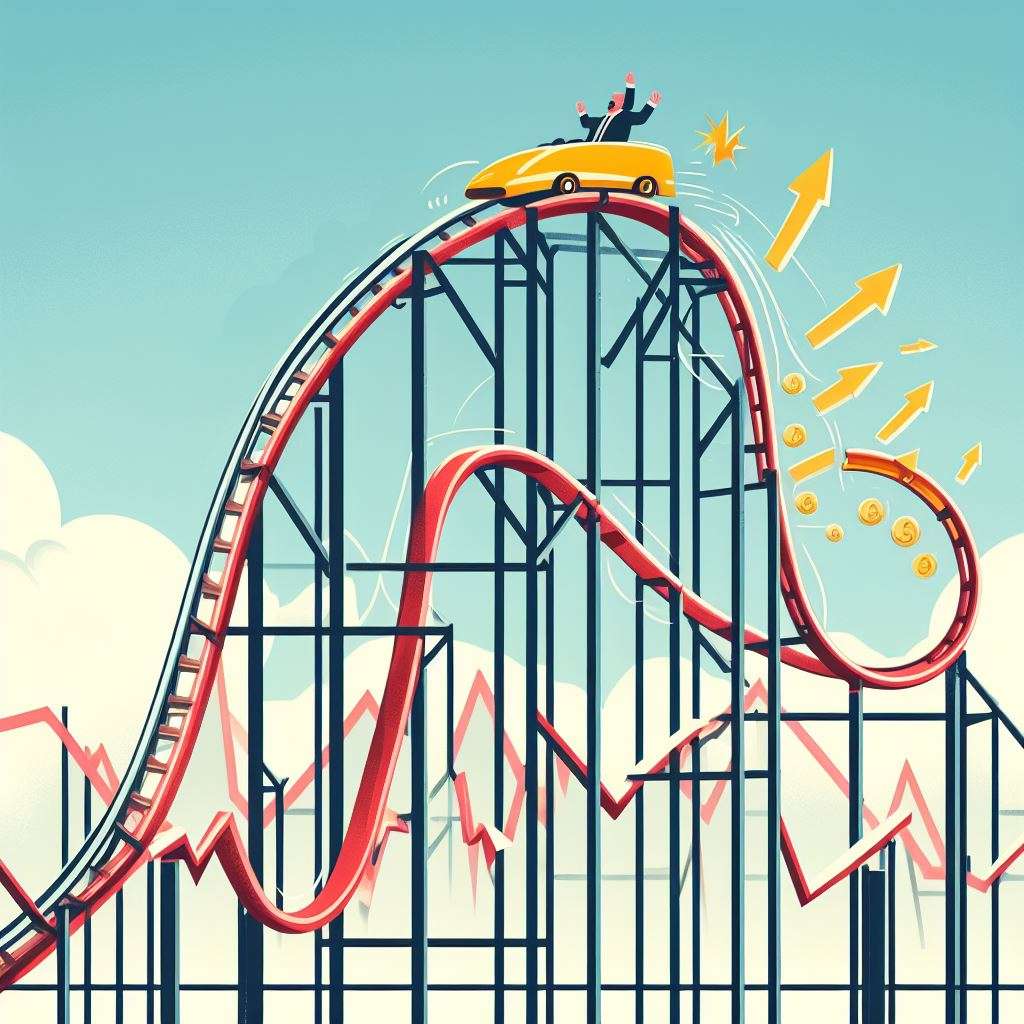
In the heart of Australia’s vibrant financial hub, Sydney, the stock market painted a tale of fluctuating fortunes as the S&P/ASX 200 index experienced a modest 1.36% drop at the close. This intriguing market event has captured the attention of investors and market enthusiasts worldwide. Let’s delve into the details of what unfolded and what it might mean for the broader economic landscape.
This dip in the S&P/ASX 200 index comes as a reflection of the dynamic forces at play in the global financial arena. Stock markets are akin to a living, breathing organism, responding to the pulse of economic news, investor sentiment, and a host of other factors that are not always apparent at first glance. As we explore the underlying currents behind this decline, we aim to provide a comprehensible analysis for a wider audience, in a style that speaks to the curiosity of the layperson.
Understanding the Numbers
At the center of this financial narrative is the S&P/ASX 200 index. This index is not just a mere numerical representation; it’s a composite of the 200 largest companies listed on the Australian Securities Exchange (ASX). When the index dips, it’s an indicator that a significant number of these companies saw their share prices decrease, causing the collective index to follow suit. A 1.36% decline may seem like a small percentage, but in the context of the stock market, it signifies a notable shift in investor sentiment.
Behind the Numbers
Diving deeper, we uncover several contributing factors that played a role in the index’s decline. Economic indicators, corporate earnings, and global events all come into play. In simple terms, investors have concerns. These concerns can stem from a variety of sources: fears of an economic slowdown, geopolitical tensions, or perhaps industry-specific challenges.
It’s important to understand that a stock market is influenced by myriad factors, not least of which is human psychology. Traders and investors react to news and information, and the collective sentiment can be a potent driver of market movement. In this case, a 1.36% drop suggests a certain level of uncertainty or unease within the market.
Economic Landscape
Australia’s economic landscape is inextricably tied to the performance of the S&P/ASX 200 index. The health of the economy, including factors like inflation, employment, and interest rates, can have a profound impact on the index. If investors perceive the economy as unstable, they may be less inclined to invest in the companies represented by the S&P/ASX 200, and as a result, the index may dip.
Global economic trends also exert a considerable influence. As a nation with a strong export-driven economy, Australia’s fortunes are intertwined with the economic health of its major trading partners, such as China and the United States. Tensions or disruptions in these global markets can ripple through and impact the S&P/ASX 200.
Company Earnings
The individual companies listed in the S&P/ASX 200 are significant cogs in the Australian economy. Their financial performance is closely watched by investors. If companies report disappointing earnings, it can lead to a decrease in share prices and, by extension, a dip in the index. This is a reminder that the stock market isn’t solely a reflection of abstract market sentiment; it’s deeply tied to the financial performance of these companies.
Global Events
The world has grown increasingly interconnected. Events in far-flung corners of the globe can have repercussions for markets down under. Geopolitical tensions, trade wars, or even natural disasters can send shockwaves through the S&P/ASX 200.
For instance, the ongoing trade negotiations between the United States and China can impact Australian companies that rely heavily on international trade. As tensions ebb and flow, so too can the performance of these businesses and, consequently, the index.
What Does It All Mean?
So, what does this 1.36% decline in the S&P/ASX 200 index signify for everyday people? It means that the stock market is a dynamic and ever-evolving entity, responsive to a complex web of influences. For investors, it’s a reminder that markets can be unpredictable. It’s a call to stay informed, to diversify portfolios, and to consider the long-term picture.
For those not directly involved in the stock market, it’s a barometer of the broader economy. The stock market often reflects the hopes and fears of investors, and these hopes and fears, in turn, can be a reflection of the state of the nation’s economy. A declining market might indicate uncertainty, but it’s essential to remember that markets are cyclical. They go up, and they go down, and they do so for various reasons.
Looking Ahead
The beauty of the stock market is that it’s a story in perpetual motion, chapters written every trading day. Whether it’s a bull market, a bear market, or something in between, investors are always seeking opportunities and managing risks.
As we navigate the intricate world of finance, it’s crucial to keep in mind that market fluctuations are a natural part of the game. Investors and analysts will now closely monitor upcoming corporate earnings reports, economic data releases, and global events to gauge where the market may be headed.
Remember, the stock market’s movements can often be a reflection of the prevailing economic winds, and those winds are ever-changing. It’s a continuous narrative, and the next chapter awaits.
In Conclusion
The S&P/ASX 200’s 1.36% decline in Sydney’s closing bell is more than just a figure on a screen; it’s a reflection of a complex interplay of economic forces and human psychology. For those in the world of finance, it’s a call to stay vigilant and informed. For the broader public, it’s a reminder that the stock market is a barometer of the economy’s health, one that can sway with the winds of global events.
As the story unfolds, we’ll be here to keep you updated on the twists and turns of this financial narrative. Stay tuned for the latest developments as we navigate the intriguing world of the stock market together.
Get the latest Crypto & Blockchain News in your inbox.